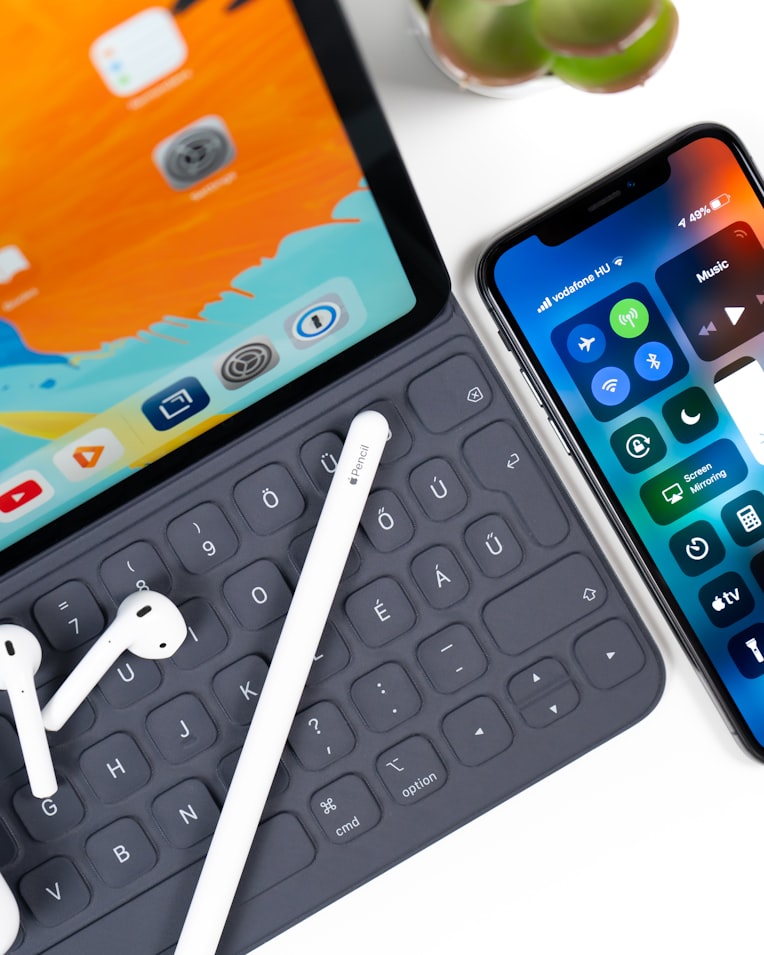Picture this: It’s the year 2025, and you’re strolling through your neighborhood park on a sunny Saturday afternoon. As you walk, you can’t help but notice a group of kids playing nearby, each one carrying a sleek, foldable gaming console that looks like something straight out of a sci-fi movie. One of them flicks their wrist, and the device opens up into a vibrant screen that floats mid-air, image shimmering in the sunshine. Nearby, a couple is testing out an augmented reality app that overlays helpful information about the plants and animals they encounter, while a woman in the distance adjusts her augmented glasses, effortlessly switching between virtual messages and captivating real-world scenery.
Welcome to the world of emerging tech gadgets of 2025, where the line between the digital and physical has all but vanished. It’s a place where technology isn’t just a tool; it’s an integral part of our everyday experience, enhancing how we interact with our surroundings and each other.
Take the foldable gaming consoles, for instance. Designed for mobility and flexibility, makers have taken the gaming experience to the next level. You’ll find lightweight designs that don’t just fold like a brochure but dynamically adjust the screen size based on the user’s preference or the number of players. Imagine playing a fast-paced game with your buddies while lounging on the grass, all while the gadget seamlessly folds back into a pocket-sized unit when it’s time to head home.
Smartglasses have undergone a groundbreaking transformation too. No longer clunky and awkward, the latest models are as stylish as they are functional. Imagine sipping your morning coffee while a tiny display projects your daily briefing about work meetings, your schedule, and a quick weather update, without obstructing your view. With a simple flick of your eyes or a soft voice command, you can switch between calls, messages, and even social media updates. You’ll glance at the breathtaking sunrise without distraction, but when your friend texts, they’ll virtually pop up right in your field of vision like a hologram, ready to chat.
The health tech sector is equally compelling. Wearable devices have evolved, becoming smarter and more integrated into our daily lives. The latest smart rings are not only fashionable but also equipped with sensors that provide real-time health metrics. They can track everything from heart rate variability to hydration levels, all while looking like an ordinary piece of jewelry. Imagine walking into a meeting and getting a discreet vibration on your finger—your ring alerting you to elevated stress levels as you gear up to present.
And how about those portable smart assistants? They’re no longer just voice-activated speakers sitting on the kitchen counter. These compact, battery-powered devices fit right in your pocket, ready to help wherever you go. Whether you need a recipe while at a friend’s house, navigation while out for a run, or an instant translation while traveling, these little powerhouses are truly your on-the-go best friends. With their advanced natural language processing capabilities, they can understand context better than ever, holding a fluid conversation that feels remarkably human.
Then there are self-cleaning surfaces. Picture countertops and tables treated with advanced nano-coatings that repel dirt, stains, and even germs. Done cooking a messy meal? A simple wipe, and your countertop is back to its pristine state. This breakthrough isn’t just limited to your home—it’s transforming public spaces too. Restaurants and cafes are rolling out these surfaces, reducing cleaning time and enhancing the overall customer experience.
As we take a glimpse into the future, it’s clear that these gadgets are not just about innovations for the sake of novelty. Instead, they weave functionality into our lives, making daily tasks smoother and enhancing our interactions in a way that feels seamless. Sure, technology has a way of evolving quickly, but in 2025, the focus seems to be on creating devices that enhance human connection, health, and experience rather than detracting from them.
So as we stand at this exciting intersection of technology

